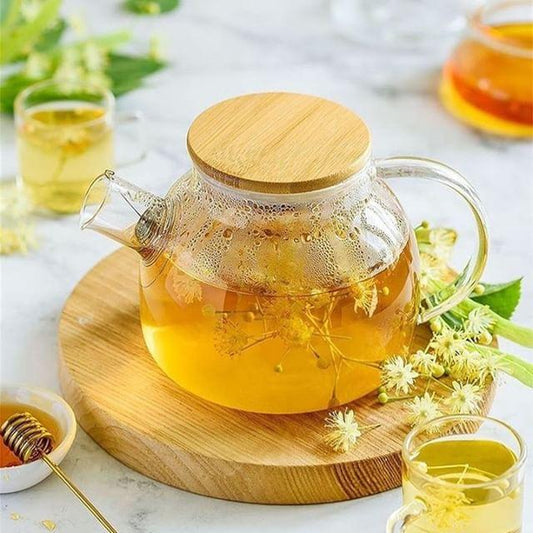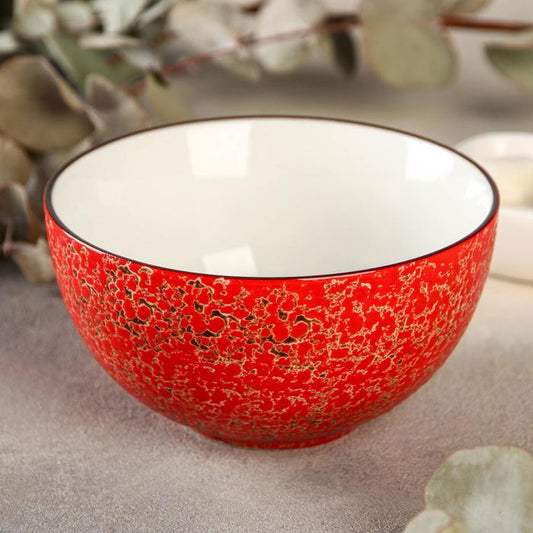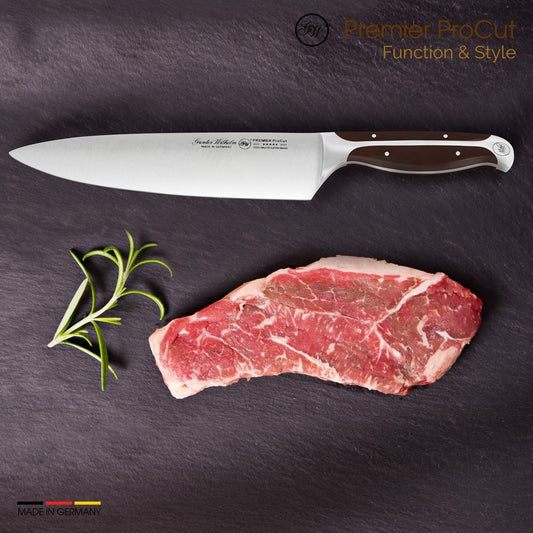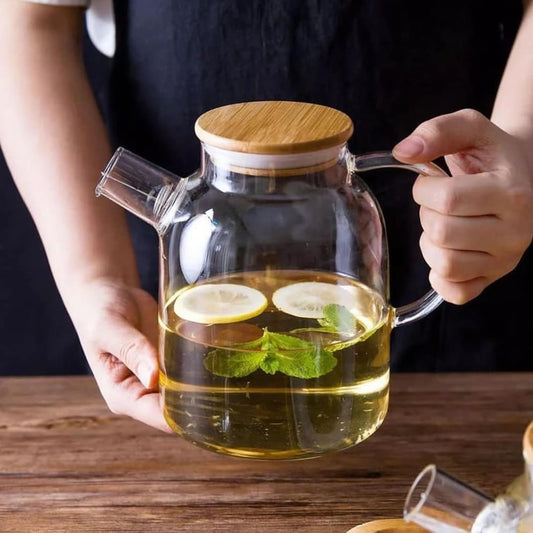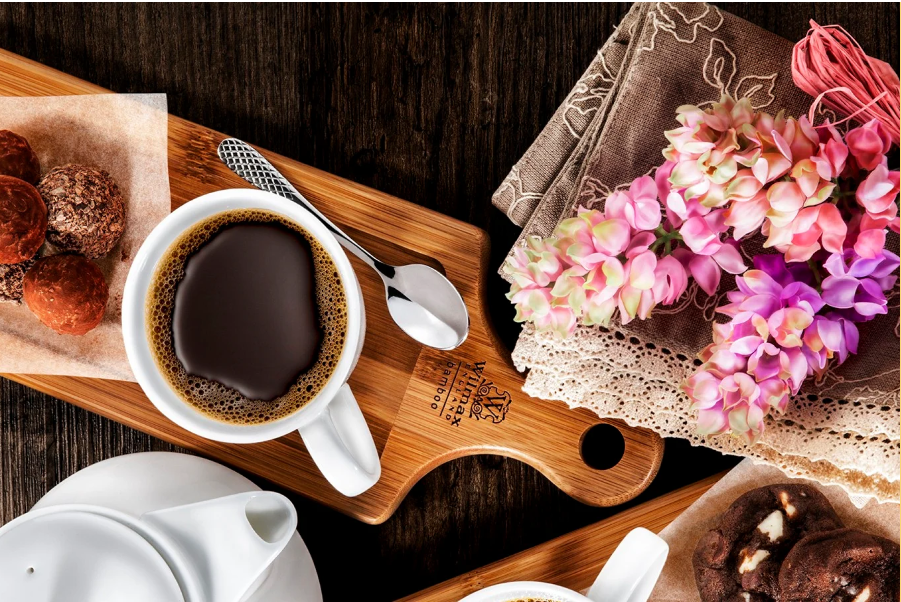What are the challenges of running a successful restaurant or food service establishment
Running a restaurant is a complex and challenging endeavor that requires a great deal of attention to detail in order to create a memorable experience for diners. One of the key elements of that experience is the type of serveware and tableware that is used in the restaurant. In this article, we will discuss some best practices for using serveware and tableware in your restaurant, and we will describe in detail the types of serveware and tableware that are most commonly used in the restaurant industry.
Best Practices for Using Serveware and Tableware in Your Restaurant
Before we dive into the types of serve ware and tableware that are commonly used in restaurants, it is important to understand some best practices for using them effectively. The following are some general guidelines that can help you make the most of your serveware and tableware:
1. Choose high-quality materials. The serveware and tableware you choose should be made of high-quality materials that are durable and long-lasting. This will not only help you save money in the long run, but it will also ensure that your guests have a pleasant dining experience.
2. Keep it clean. It is essential that your serve ware and tableware are clean and free of any stains or debris. This will help prevent the spread of germs and bacteria, and it will also make your restaurant look more professional.
3. Match the style of your restaurant. Your serveware and tableware should match the style of your restaurant, whether it is casual, fine dining, or something in between. This will help create a cohesive and memorable experience for your guests.
4. Consider the menu. The type of serveware and tableware you choose should be appropriate for the type of food you serve. For example, if you serve soup, you will need bowls that are deep enough to hold the soup without spilling, and if you serve steak, you will need knives that are sharp enough to cut through the meat.
5. Pay attention to the details. The little details can make a big difference in the overall dining experience. Consider adding small touches such as fresh flowers or unique napkin folds to create a memorable experience for your guests.
Types of Serveware / Flatware and Tableware
Now that we have discussed some best practices for using serveware and tableware, let's take a closer look at the types of serveware and tableware that are commonly used in restaurants.
Plates: Plates are the foundation of tableware and come in a wide range of sizes, shapes, and materials. The most common types of plates include dinner plates, salad plates, and dessert plates. They are typically made of ceramic, porcelain, or glass.
Bowls: Bowls are used to serve soups, salads, and pasta dishes, among other things. They come in a variety of sizes and materials, including ceramic, porcelain, and glass.
Cups and Saucers: Cups and saucers are used for serving coffee, tea, and other hot beverages. They are typically made of ceramic, porcelain, or glass.
Silverware: Silverware, also known as cutlery, includes knives, forks, and spoons. They come in a variety of sizes and styles, and are typically made of stainless steel.
Glasses: Glasses are used for serving a variety of beverages, including water, wine, and cocktails. They come in a variety of sizes and materials, including glass and crystal.
Serving Platters: Serving platters are used to serve large portions of food, such as roasted meats or vegetables. They come in a variety of shapes and sizes and are typically made of ceramic, porcelain, or glass.
Conclusion
In conclusion, serveware and tableware play a critical role in creating a memorable dining experience for your guests. By choosing high-quality materials, keeping your serveware and tableware
Share:


